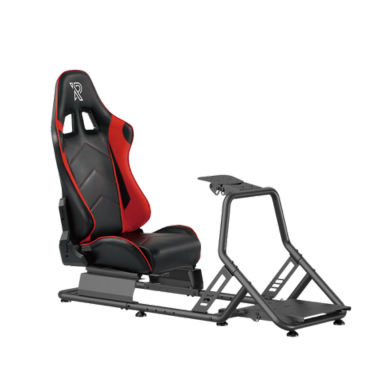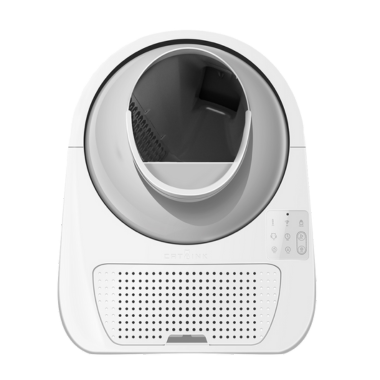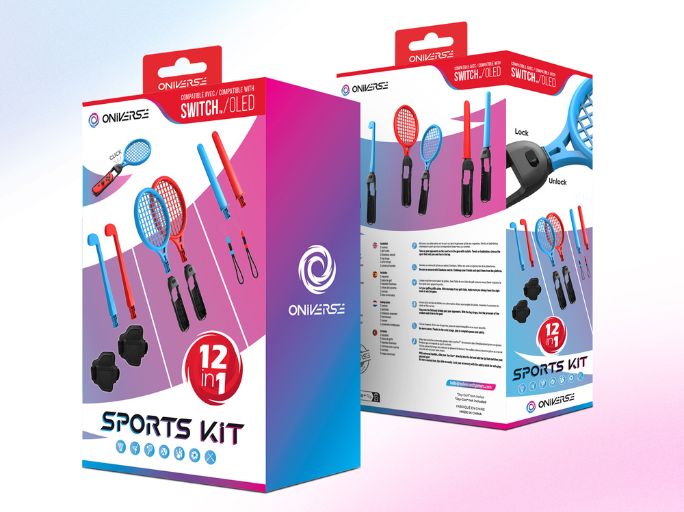Cycling is one of the world's most popular sports. Cycling endurance is a skill that riders must develop. It enables them to enjoy riding more and attain their sporting objectives.
Want to know more about how to enhance your riding endurance? Discover all of it in this blog!
Tips for building up cycling endurance
Here are some practical techniques to improve your cycling endurance that you can adapt to your personal feelings, your training sessions and your training pace.
1. Increase the length of your riding workouts
Increasing the length of your riding workouts will train your body to work harder. As you progress, you may set a larger target for yourself every two or three weeks, going further and further each time. For example, you may bike for an additional 20 minutes in the first two weeks, an additional 30 minutes in the third week, and so on.
It is important to note that a bike ride must last at least 1.5 hours. It is advised that you ride for 2.5 hours in order to improve your endurance. The body handles variations in the utilization of energy resources.
A session lasting more than 2.5 hours is great for working on breathing and improving energy resource availability while also strengthening muscles.
2. Train on the hills
Pedalling uphill is an excellent strategy for increasing cycling endurance while strengthening muscles. Locate a hill with an incline where you can test your limits. Start with a gentle incline and gradually increase it as your endurance improves.
3. Muscles must be strengthened
Your ability to sustain your effort is partly determined by your muscular endurance. This is the ability of your muscle fibres to sustain the effort.
It is recommended that you do a few strength training sessions per week to work on the different muscle contractions. Furthermore, you can use the Bluetens technology patches to strenghtehn and relax your muscles.
The Bluetens ABS Power Pack contains a Bluetens Classic and specially designed ABS Electrodes to help you develop abdominal muscles.
4. Control the intensity of your cycling effort
Cycling workouts should be neither too easy nor too hard to avoid feeling exhausted after one hour of training or, on the contrary, feeling that you have not pushed yourself hard enough after two hours of effort.
5. Calculating your MAWP (maximum aerobic power) is essential so that you can match your training speed and duration to your endurance goals during your sessions.
What exactly is MAP?
MPA is the amount of power your legs create on the bike when your oxygen consumption, or breathing capacity, reaches its maximum.
For 2.5 hours of endurance training, an intensity of 60% to 70% of MAP is beneficial. This increases the potential of the active muscles. An intensity of 40 to 50% of the PMA is insufficient to elicit the appropriate changes (cardiorespiratory and muscular function). Maintaining the effort from 70 percent of MTP induces tiredness. The blood lactate concentration rises significantly between 75 and 85 percent of MAP. Over 85 percent, managing effort gets very difficult. However, this degree of intensity causes significant muscle adaptations as well as an improvement in cardiorespiratory function.
Increase your riding endurance to achieve greater outcomes.
Food is the source of energy. Therefore, it is essential to feed your body with carbohydrates, vitamins and minerals so that it can manufacture and supply the energy needed throughout your cycling exercise. This also helps to minimise muscle fatigue, which is often the cause of stomach problems and cramps.
1. Stay hydrated!
It is essential that you take a bottle of water with you to rehydrate. You can supplement your diet with an isotonic powder to replace the nutrients you lose through sweating (sugar, minerals, vitamins). Sweating causes you to lose water as well as vital minerals and micronutrients.
2. Eat food during exercise
Eat whenever you want during your workout. To reduce the risk of cramps, take some fruit or an energy snack with you. This is because as the duration of the workout increases, your muscles draw on your energy stores (mainly carbohydrates).
When the glucose stores are depleted, the muscles turn to protein for energy. The amino acids in your muscle proteins will then oxidise. This can cause fatigue, especially in working muscles.
3. Give your muscles protein
To improve your recovery after a cycling session, eat within an hour of your session and provide your body with protein.
If you're pressed for time, a protein shake and a piece of fruit or wholemeal bread will help limit muscle breakdown.
What is cycling endurance, and why is it so important to boost it?
Cycling endurance is defined as the capacity to maintain a constant degree of exertion when cycling. The following things affect endurance: Consider cardiovascular endurance, muscular endurance, and mental fitness. These factors play a significant role in the development of weariness.
Improving your endurance will also help you with:
-
The lungs' ability to distribute the oxygen that muscles need to turn stored energy into mechanical energy.
-
The capacity of the heart to supply enough blood to the muscles.
-
The ability of a muscle to maintain an effort over time.
-
The ability to stay motivated throughout time.
-
Recovery from workout.
If you follow this advice, you'll improve your endurance and be able to run long distances without being exhausted!
Remember that you must follow a consistent and proper training regimen to enhance your performance in any sport, but most importantly, you must listen to your body to avoid injury.
Need help with anything else? Feel free to contact us via our chat, phone, and e-mail. Visit our contact page for the complete information!











